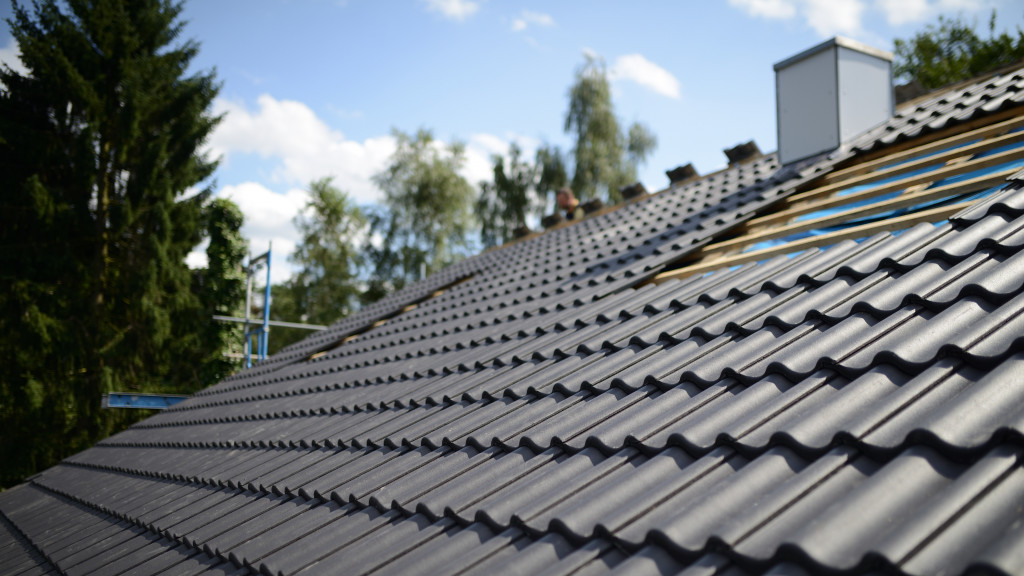There is a great need for the construction of new houses across the United States. In 2020, during a pandemic and economic recession, the cost of owning a home shot up because of a shortage of available properties in the market. People who are desperate to buy a house have to go into bidding wars to purchase the real estate property that they want.
According to experts, there is a need for 5.24 million new homes to be constructed to meet the current demand. More single dwellings, in particular, are needed by young people who are venturing into the real estate market for the first time.
Providing homes to everyone is not bad, of course, but right now, people should be more conscious of their environmental impact. The construction industry can be very wasteful. Often, because of cost-cutting measures, the environmental impact of construction activity is ignored.
Developers and homeowners have a duty to minimize the carbon footprint of new homes on the planet. Choosing building materials that are kinder to nature is one way to help the fight against its degradation.
How Is a Building Material Sustainable?
There are several metrics considered to determine whether a building material is sustainable or not. One has to take account of the resources consumed by the process of manufacturing or extraction. That includes energy and the ecological impact after installation and at the end of its life or disposal.
Not all building materials pass these metrics. Many consider steel, aluminum, concrete, and, of course, plastic to be among the least sustainable because they generate significant extraction impact. Durability could also be considered because the longer its lifespan, the fewer resources will be consumed, and the less waste will be generated.
The same metrics can be used to figure out which roofing material is best for a home that seeks to be eco-friendly. Here are the best ones.

Metal Roofing
Many developers and homeowners who live a sustainable lifestyle choose metal roofing for several reasons. One, it is recyclable. At the end of its lifespan, it will not end up in a landfill to rot. It can be reused over and over again.
Two, metal is highly durable. Of course, the attention given to the material matters. If the homeowner invests in the services of a roofing cleaning company, metal can last for 50 years or more. Although it is not as long-lasting as slate (which has a lifespan of 150 years), it is still quite strong and resilient to environmental elements. Homeowners would not have to make repairs and replacements as frequently.
Three, metal is the ideal material for houses located in colder climates. The material allows snow and ice to slide off, making clean-up effortless. Moreover, it also makes collecting rainwater for chores and their garden easy.
Terra Cotta Roofing
Terra cotta, or clay tile, is one of the most durable roofing materials around. It is heavy and quite expensive, but it has a lifespan of up to a century. Although you have to pay more for the material and installation, you will never have to spend a dime for a replacement within your lifetime. It will outlive you and, potentially, your house.
Moreover, the material is produced using natural clay, a resource that is plentiful and easy to extract (it is everywhere). The natural clay is mixed with water, trimmed, and then put through a kiln firing process.
It is also recyclable. Clay can be crushed and then formed again into more tiles.
Wood Shakes and Shingles
Wood is a material that has been in use in construction for centuries. It is one of the most sustainable because wood is, of course, a renewable resource. Once a tree is cut down, another one can be grown in its place. At the end of its life, it can also be repurposed.
Homeowners can grind it down to make wood chips for gardening. Even if it is not recycled, it is still biodegradable. It will eventually rot and provide nourishment to the earth.
When given proper care, the material can last for more than 30 years.
Other materials can be sustainable. Reclaimed roofing materials, for example, regardless of source, is better than buying new ones. Homeowners can also make modifications to an existing roof to boost its sustainability. Simply painting the roof white, for example, will allow it to reflect sunlight and reduce the temperature indoors.
They can also transform their roof into a garden where a layer of vegetation is installed on top to cool the home. Moreover, the best thing that people can do for the planet is switch to a lifestyle that prioritizes the environment over excessive consumption.

